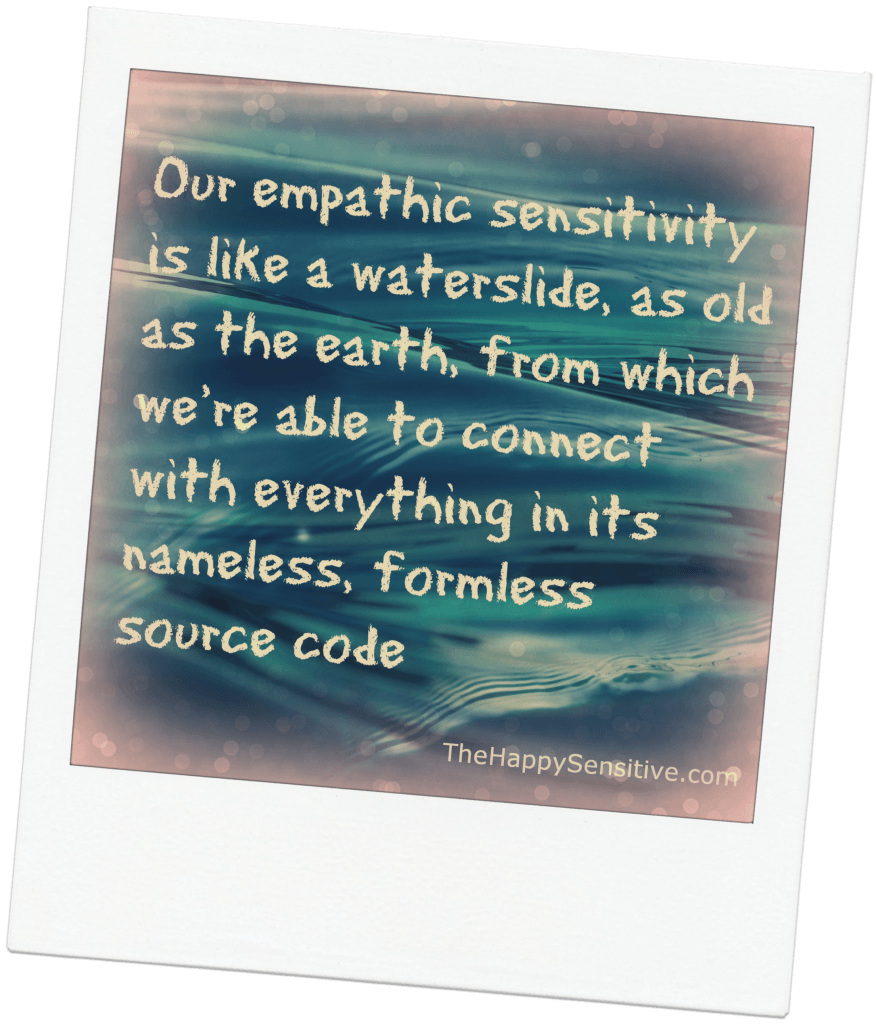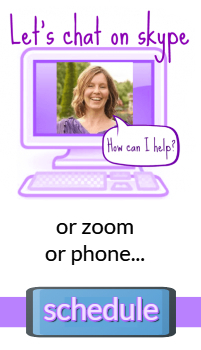I got this question recently:
Good question! I used to think that coaching was exclusively for business executives who wanted to be more productive (or who had a boss who wanted them to be more productive).
I certainly had no idea about “what else” coaching might be or do. In fact, the only coach I knew was a guy touring around the Netherlands to “motivate” people by getting them to yell “tsjakka!”. Seriously. Look, I’ll show you.
This is an exerpt from a mini-documentary of sorts by a Dutch comedian (left), paying this coach – Emile Ratelband (right)- a personal visit to ask for some motivational teachings…
So up until a few years ago, that’s pretty much what I thought coaching was. It seemed a silly thing at best. Lots of yelling. Lot’s of Nike-like “just do it”.
Then I discovered that there are coaches for pretty much anything and I slowly started to see the connections with my old profession: teaching. In my mind, coaching is basically teaching, but geared towards bigger “life” topics, which may well include the kinds of things traditionally associated with therapy.
That said, I can’t really speak to coaching in general (nor therapy in general), I can only speak to my style of coaching (because just as there are different kinds of therapy and therapists, there are also many kinds of coaches, and styles of coaching).
So here’s 8 ways my style of coaching is not therapy.
I’m not constantly watching the clock
In my own experiences of therapy, one of the most painful therapeutically established “habits” is for sessions to end exactly on the clock, and not at the natural end of the session.
Sure, some therapists are better at satisfyingly concluding a session than others. Nevertheless, I find the whole concept pretty baffling. How can you predict in advance exactly how much time you need to provide the kind of space in which personal things that need addressing can really surface?
Sometimes, you can dive right in, other times, you need to talk around things for a bit before you can cut to the chase. And yet, other times, you don’t even know what it is that you want to bring up, just that something is bugging you in a big way.
In the same way that I don’t believe that you as a client have absolute control over your “conversation punctuality”, I don’t feel that I can orchestrate sessions in a strict time-based manner (“and then, for the grand finale at exactly 40 minutes in, we wrap up the session in one brilliant conclusive swoop!”) I start sweating just thinking about performance pressure like that.
Really, in my world, the key to a good session is being present, being honest, and knowing that we have the time we need. I believe that we can make better use of our time by not establishing a definite cut-off point beforehand. Life is mysterious, and sessions are mysterious too. They have a rhythm of their own. Rather than force the session into a march or a waltz, I believe we’re better off listening for and honouring the rhythm that naturally emerges. So, coaching sessions have an “approximate” session length but there is always space (on my end anyway) to go a little bit over that time.
You get to be in your own home
You get to be in your PJ’s. You get to drink from your own mug. Once, a client of mine who had booked a 3-5 hour healing intensive had a serious back injury and spent much of our session talking to me lying flat on her back. As a result, there were chunks of time when I ended up “staring at the ceiling” over our Skype connection, while she was closing her eyes to do a guided exercise and had put her iPad to the side. That’s fine. Whatever works!
I work with a mix of many modalities
Many of the modalities and techniques and approaches I use have become blended and simplified into my own unique approach. We’re not doing “this or that system”. Rather, we pick the tools that work for you. I don’t have a Board Of Important People looking over my shoulder to make sure I follow approach x,y and z to the dot (as approved and developed by the Board of Even More Important People). For the traditionally-minded, that can be a scary thing to contemplate: how do we know she does good work, if she’s not following an official formula??? For those frustrated with official formulas, it’s often a breath of fresh air. (Check out this page for testimonials of such air.)
We talk, but not all session
It’s not talk therapy after all. Talking is helpful for getting your bearings and helping the mind to integrate things, but there’s far more to you than can be captured in words. We work with your heart and gut too. We work with your imagination, with what you feel. We do energy healing to let go of limiting patterns (so that you also lose the need to want to endlessly discuss them and figure them out). There’s a place for talk and, at a certain point, there’s been enough talk.
Talking doesn’t do much to shift deep emotions, beliefs and patterns. We bring in alternative woo-woo approaches to deal with those. This means that, there will be times when I’ve “heard enough” and we switch from talking about something to approaching it energetically and imaginatively.
I teach you how to do your own inner work
If a client were to feel the need to work with me intensely (read: weekly) for more than a year, I’d consider my work a failure. Really, when you know what to do and you’re willing to do it, change can happen fast.
Of course it depends on what kind of change you’re looking for, but still. By teaching you skills to work with your sensitivity and be the peace maker for your inner stuff, I’m aiming to make you a Self-Help Self-Suffient. That doesn’t mean that you have to do everything on your own, it just means that for most things, you can.
I consider healing-literacy to be as important as reading and writing. When you know how to truly, lovingly support yourself, make peace with who you really are and let go of your inner limiting patterns, you know how to move forward in any part of your life. You still have to do the work of course, but you’ll know what to do (instead of running around in circles, single-handedly buying up the local self-help department of your town’s book store or getting endless energy healing and initiations.)
I’m not trained to work with personality disorders
Period. Unfortunately, I receive messages from people every now and again who believe that their personality disorder is, at root, “just HSP”. I beg to differ. You can be HSP and also have any possible disorder or condition out there. But, as said, I’m not trained to deal with personality disorders. Meaning, if you have a personality disorder and think that HSP coaching will help, we’ll probably get stuck or be at odds quite soon: me getting frustrated over lack of progress, you feeling misunderstood. In which case, you’re better off working with an actual therapist who is also (knowledgeable about being) HSP.
I have a different take on “professional distance”
I believe in a kind of equality in coaching work: the kind of equality that doesn’t require you to put all your stuff on the table while I hide behind a bullet-proof glass wall and a poker face. Sometimes I tell stories to illustrate a point. These can be very general stories or personal anecdotes. I’m not here to burden you with my stuff but I’m also not here to pretend I’m not human. In fact, I believe you’ll have a better sense of whether to take my suggestions on board or not when you have a sense of who I am. I’m not an oracle.
Clients sometimes ask me How can you do this work being so sensitive? You must be exhausted from everything we talked about! But no, I love this work. I’ve consciously worked on my ability to be present to people’s emotions and experiences and not absorb, get sucked in, or otherwise “take it on”. I can feel where you’re at without getting overwhelmed with what you’re going through. I believe this is crucial. This kind of distance is important. Yet, while it’s distance, it’s not distancing. I don’t run away when things get intense. I don’t need to. I have the ability to be open and present and “feel along” and not pull back or shut down the emotional aspect of the conversation.
We’ll move pretty fast
Some people really like that, others don’t. (If you’re not looking for actual change in your life, you just want someone to listen to you, then I’m definitely not your person!)
Going fast doesn’t mean rushing. It just means that we dive deep, where change happens. And once change happens, it tends to “manifest” quite quickly.
We do a lot in one session. This means that the overall pace is very different from therapy: overall, most clients have about one to two coaching sessions a month with me. They might email me with questions in between sessions but, mostly, 2 weeks to a month provides the needed time to integrate and apply what we went over in the coaching session. Note, this is very different from meeting with a therapist twice a week.
Happy Sensitive Coaching is for you if you want to learn how to do things yourself a.s.a.p. and you’re more than ready to put things to work.
What you won’t get from me is lots of reassurance, hand-holding, and going real slow*. So, if that’s what you need right now, then you’re (to my best knowledge) likely much better off working with a good therapist.
*It’s all relative of course. I won’t throw you into the deep end and tell you to “just swim” either. And you will get reassurance, but reassuring you is not the main focus, it’s just a support tool to get you on your way.
In my experience, when clients want to drastically slow things down, they don’t really want change at all, they want to talk about their experiences and be heard only – I consider that something for therapy, it’s not what I do with clients. So if you’re tired of endlessly talking things through, and you can tell your story forwards and backwards but still feel unchanged, try coaching with me, it will be different.
You can find more information on my coaching services here.






















Comments on this entry are closed.